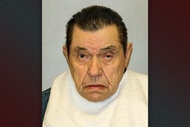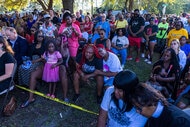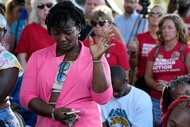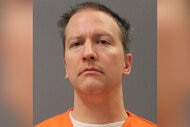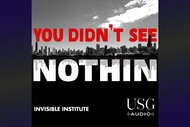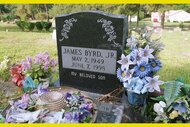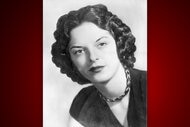Create a free profile to get unlimited access to exclusive videos, breaking news, sweepstakes, and more!
'Say Her Name To Begin Her Story': New Interactive Exhibit Takes Visitors On Journeys Through 150 Unresolved Civil Rights Cases
The traveling exhibit, “Un(re)solved,” was created by PBS Frontline with artist, filmmaker and technologist Tamara Shogaolu and is now on display until Oct. 24 in downtown Jackson, Mississippi.
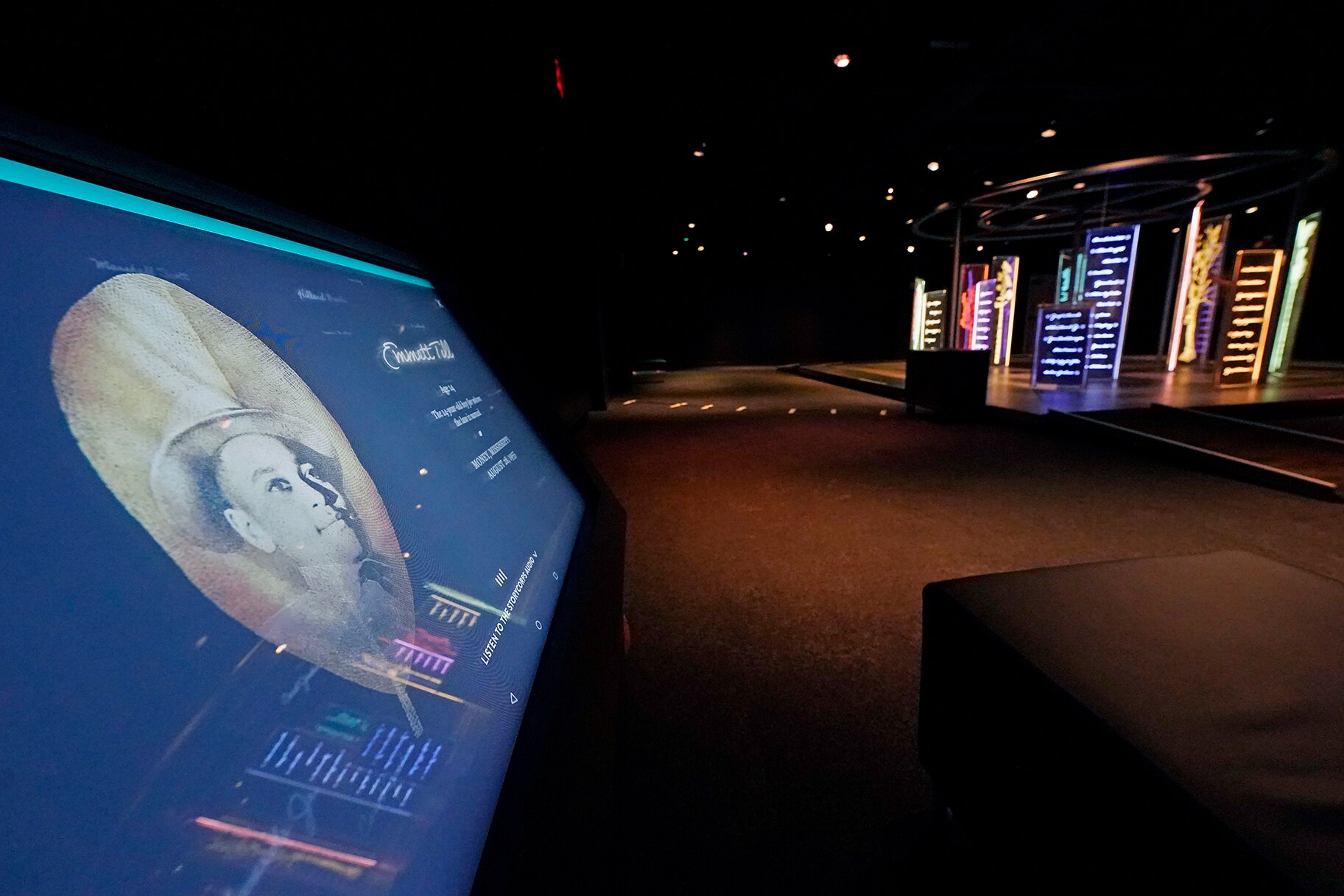
An interactive exhibit in Mississippi prompts visitors to speak aloud the names of people who were killed in acts of racist violence in the United States during the civil rights era — incantations in a darkened room to honor some 150 men, women and children whose lives were cut short.
The names appear on lighted glass panels, backed by images of trees. Next to each name is a code that visitors can scan with their cellphones.
“Say his name to begin his story,” or “Say her name to begin her story,” says the recorded narrator, journalist Charlayne Hunter-Gault, who made history in 1961 as one of the first Black students to enroll in the University of Georgia.
The traveling exhibit, “Un(re)solved,” was created by PBS Frontline with artist, filmmaker and technologist Tamara Shogaolu. It is on display until Oct. 24 at the Two Mississippi Museums in downtown Jackson. The Mississippi Civil Rights Museum and Museum of Mississippi History are under one roof and share a lobby, meeting areas and exhibit spaces.
The exhibit opened in Mississippi on Aug. 28 — 66 years to the day after Emmett Till, a Black teenager from Chicago, was abducted, tortured and killed in the Mississippi Delta after witnesses said he whistled at a white woman working in a country store. His mother insisted on an open-casket funeral in Chicago, and photos of his brutalized body became a catalyst for the civil rights movement.
“Un(re)solved” focuses on the federal investigation of more than 150 cold cases under a law enacted in 2008, the Emmett Till Unsolved Civil Rights Crime Act. Mississippi has 56 names in the exhibit — more than any other state.
Pamela D.C. Junior, director of the Two Mississippi Museums, said she knows relatives of two men listed in the exhibit, Benjamin Brown and James Earl Green.
Brown was shot to death in May 1967 during a demonstration on the campus of Jackson State College, now called Jackson State University. The Justice Department says its investigation into Brown’s killing is closed because the likely shooter was a Mississippi state trooper who is deceased.
Green, a Jackson State student, was shot to death in May 1970 when law enforcement officers opened fire on campus as students were protesting against racism. An investigation into his killing remains open, according to the Justice Department.
Junior said she attended junior high in Jackson with Green’s younger brothers and always wondered how they were affected by their brother’s violent death.
“These are family members that are just walking around trying to have peace and still can’t have peace because they lost a loved one to something so traumatic,” Junior said in the room with the exhibit. “Think about all these names here and people who still don’t have peace because they are unsolved lynchings, murders.”
“Un(re)solved” was on display in May at the Tribeca Film Festival. After it leaves Mississippi, it will go to other parts of the U.S.


